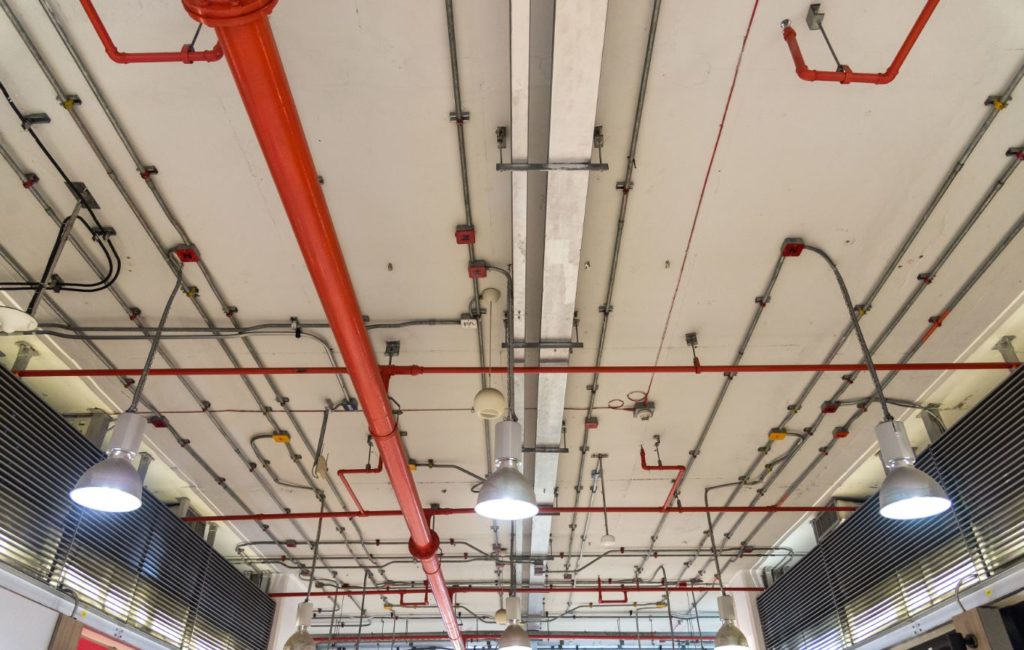Fire safety is critical for any organization. Uniting equipment and skill development is the most effective way to control fire outbreaks. Automatic fire suppression setups and emergency readiness programs create a unified safety plan to minimize fire impact.
Understanding How Sprinklers Work
Sprinkler systems are designed to respond to fires. They respond to high temperatures to release water. Water dispersion units responds only when needed, focusing resources on the fire zone.

Essential components of automatic sprinklers include:
- Fire suppression nozzles: Activate to combat flames.
- Water distribution systems: Ensure consistent flow.
- Fire suppression controllers: Oversee system activation.
- Emergency water systems: Support uninterrupted suppression.
The Importance of Emergency Preparedness
Despite the efficiency of automatic sprinklers, human preparedness ensures better outcomes. Emergency response programs educate personnel to handle fire emergencies and address complex scenarios.

Core components of fire brigade training include:
- Risk assessment: Promoting safety awareness.
- Evacuation route drills: Improving exit coordination.
- Fire response exercises: Gaining practical experience.
- Group decision-making: Improving team effectiveness.
nr brigada de incendioQuanto custa para instalar alarme de incêndio?
How Sprinkler Systems and Fire Brigade Training Work Together
Integrating automated systems and team skills ensures comprehensive safety. With sprinklers controlling flames immediately, organized responders assist with evacuations.

In tandem, these safety measures limit damage in residential buildings, offices and businesses, and manufacturing plants alike.
Conclusion: Building a Safer Future
Sprinkler systems and fire brigade training create a safer environment. Using these complementary methods safeguards communities for any fire scenario.
Make fire protection a priority now by consulting fire suppression experts. Reliable tools and knowledgeable responders ensure safety!